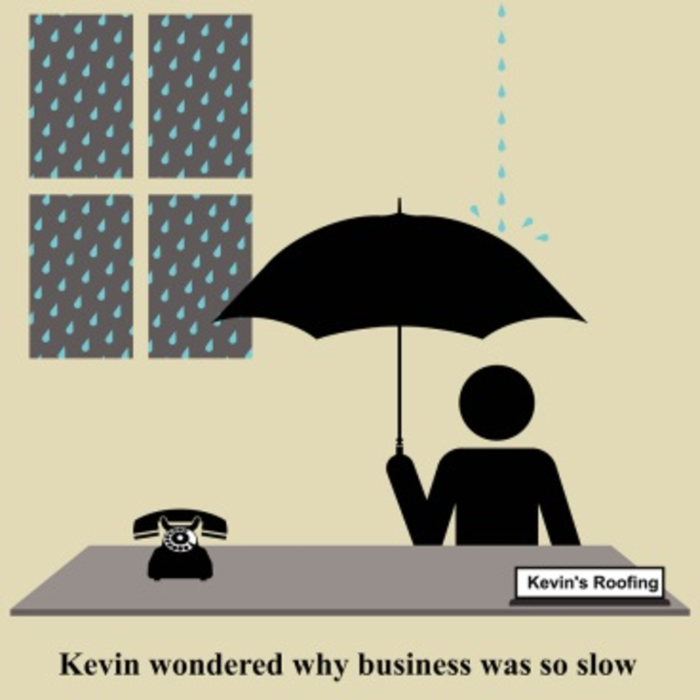How patient are you? Let’s toss a few scenarios out there:
1. You have to stand around for 20 minutes waiting for the subway
2. You have to wait 15 minutes for service at a restaurant
3. You have to stand in line for 5 minutes at the drug store
4. You have to wait for 1 minute for the traffic light to turn green
5. You want to buy a pair of shoes online and the mobile website you’re trying to look at takes more than one second to load
No matter how patient you are—you may even be the Buddha reincarnate—if the site you’re trying to check out on your phone doesn’t load in the time it would take you to take one deep breath, you’ve probably already bounced.
“If it takes more than half a second for your website to load, you lose half of your visitors,” says Kirby Wadsworth, CMO of Limelight Networks and coauthor of Recommend This Book: Delivering Digital Experiences that People Want to Share. “And if it goes up to a whole second? You’re going to see a 20% drop off in sales and traffic over time.”
Consumers don’t take well to being rebuffed by buffering. They get irritated quickly and head off to check out the competition. It’s not totally their fault, though—they’ve been trained in their petulance. Wadsworth calls it a case of “reverse Pavlov’s dog” syndrome. Dogs were trained to recognize that a ringing bell meant food; consumers are trained to expect that a website isn’t going to load at all if it doesn’t load immediately.
“That reaction is a cultural learned norm and part of it has to do with a lack of definitive feedback,” he says. “We’ve all been burned by bad experiences when we’ve waited and a site never loaded; so, now our patience level has become miniscule.”
Consider the fact that Amazon has said that for every 100 millisecond increase in load time, it experiences a 1% sales decrease. That’s one-tenth of a second.
“We’re getting worse and worse,” Wadsworth says. “It used to be visitors would wait a few seconds before getting frustrated and now we’re down to one-tenth of a single second—in as long as it takes you to blink your eyes, people are starting to tap their phones in utter frustration.”
While it may be somewhat irrational to expect your smartphone, as amazing as it is, to be as fast and work as powerfully as a desktop—that’s what people demand. And as consumers increasingly use their smartphones as their primary vehicle for interacting with the Web, marketers are just going to have to scramble to deliver.
But herein lies the rub: Mobile sites are so packed with rich multimedia, video, and personalized content—the content consumers expect—that they’re slower than a less personalized, less dynamic site would be. In an effort to attract consumers, marketers are pushing those self-same consumers onto the competition. Joseph Heller would like that one.
“Unrealistic expectations have increased the density of the content brands are trying to put out there; images have been replaced by much richer content that sucks up more bandwidth and requires more infrastructure,” Wadsworth says. “Of course, nobody buys anything without checking the Internet first, so brands do need to have all these elements if they want to be effective in business.”
What it comes down to is investment: If you want to provide consumers with a snappy mobile experience, consider putting a little money into a content delivery network—because this isn’t just a B2C issue. These days, difference between B2C and B2B buying behavior is practically nil.
“A business buyer is a consumer,” Wadsworth says. “And no one is going to put up with a slow commercial website.”








